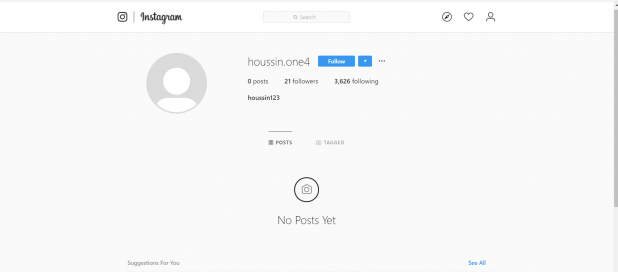When running influencer marketing campaigns, it is crucial to choose your influencers wisely. If you can find brand ambassadors with the right audiences – the ones who will resonate with your product – the ROI will be immense. Upwards of 40% of consumers have purchased a product or service after seeing it in an influencer’s social media post.
However, should you choose wrong, the effect might be more devastating than you think. In fact, fake influencers can set your campaign back several steps by damaging your brand reputation and draining your marketing budget. Much like a brand wouldn’t want known bad actors modeling their products, the same rules apply to online marketing. If your product is promoted by someone that the digital community does not respect, you’ll earn less respect by association. So if you want to avoid being a victim of influencer fraud, you need to learn how to spot fake influencers.
Fake followers in influencer marketing will cost brands $1.3 billion in 2019, says a report published by CNBC, which is an enormous amount considering the industry total market size of 8 billion. That’s more than 15%!
So how do you spot fake influencers in a world of social media where nothing is what it seems? Even such concrete numbers as followers count, reach and likes can be faked, so here is everything you need to know to avoid a fake influencer marketing scam.
1. Look for consistency
The difference between real and fake following is consistency in growth (or fall). When an influencer has a real following it grows at a certain rate and this rate is ALWAYS consistent. Yes, some get lucky and produce viral content which will spike engagement, but over time it gets back to a certain consistent growth rate. Now, fake engagement only spikes when you purchase followers, likes and comments, which all come in a short period of time. This is because the followers are not real people but simply bots. After the spike, engagement moves in a downward trend, as there are no real people to engage with the influencer’s content.
Consistency, however, is the hardest to check. You need to have at least monthly statistics for your influencer, but Instagram provides only weekly stats so you’ll need to ask for a month of stats each week to verify consistency in an influencer’s following. Also, it can be hard to actually catch an experienced faker as nothing stops you from buying engagement on a daily basis. That said, most experienced influencers will understand this and be able to provide you with their information to verify the statistics of their following, which should include showing their growth and engagement over a span of at least one month.
2. Analyze audience quality
Now this is the one that I personally use the most when I’m selecting influencers for IGnation.me. Simply go to the Influencer’s followers tab and start opening accounts one by one. Bot accounts are quite easy to spot (usually). Look for the following traits: No profile picture, no posts, and a very high following count are the most obvious ones.
Going over 100 accounts will give you a pretty good understanding if the followers are real or not. Now, even if you found a clear bot account among the influencer’s followers, don’t become frightened just yet. It is important to understand that there are no 100% bot-free influencer accounts out there, it’s all about the ratio. If a following looks at least 75% authentic, you are dealing with a legitimate influencer. If it’s less, you might want to find another ambassador for your brand…
Here is an example of a common bot:
3. Analyze engagement quality
This technique is similar to the previous one but involves comments rather than followers. Go through the comments of a few posts to see whether the influencer is getting tons of irrelevant comments that have nothing to do with the post. In the case of fake influencers, you might notice a significant amount of emoji-only comments and generic comments that could be used on any post. Generic comments would include comments like “nice,” “great pic,” “amazing shot,” etc. Since they don’t say anything specific in relation to the content, they are versatile enough to fit any post. There’s a good chance these comments are coming from fake followers or bots.
4. Sponsorship portfolio
Another good metric is the influencer’s portfolio of brands that he or she is currently representing or has represented in the past. It’s a great shortcut as it basically means that someone else has already done the job of verifying the influencer before you. Yet, it obviously comes with certain risks, since you never know if the verification job has been done well.
A portfolio of work history itself might be a fake, as some influencers advertise brands for free just to get them in their portfolio. Some brands can be fake as well or belong to an influencer’s friends, family, spouse or the influencer himself.
With that said, influencer marketing is a great tool to promote your brand as there are many options for all types of budgets. The conversion on influencer marketing is great if you are not dealing with fraudulent influencers, and using influencers with audiences who would be interested in your brand.
In fact, Instagram is cracking down on bots with its new self-learning AI, which not only deletes bots, but bans and shadowbans people (including influencers) who use any bot tools. So even though there are many fake influencers out there today, the chances of encountering one in future are dropping every day.






